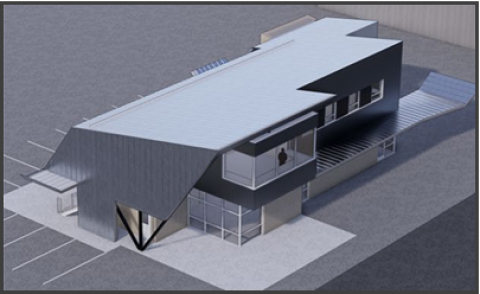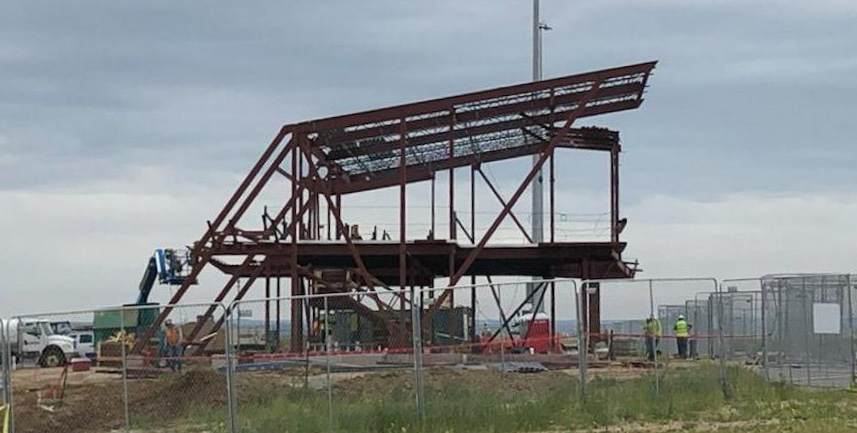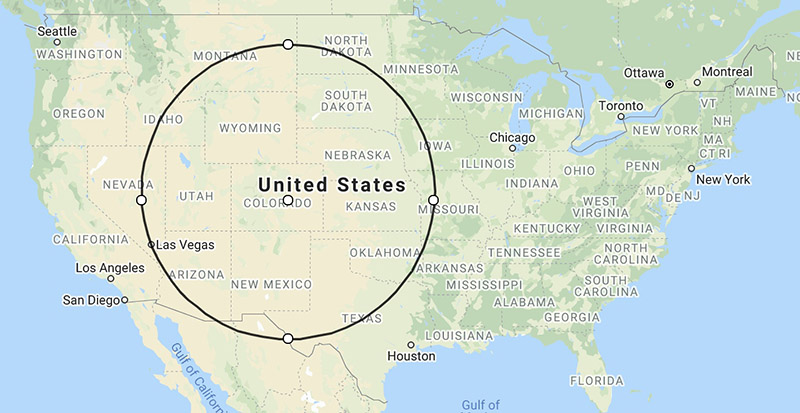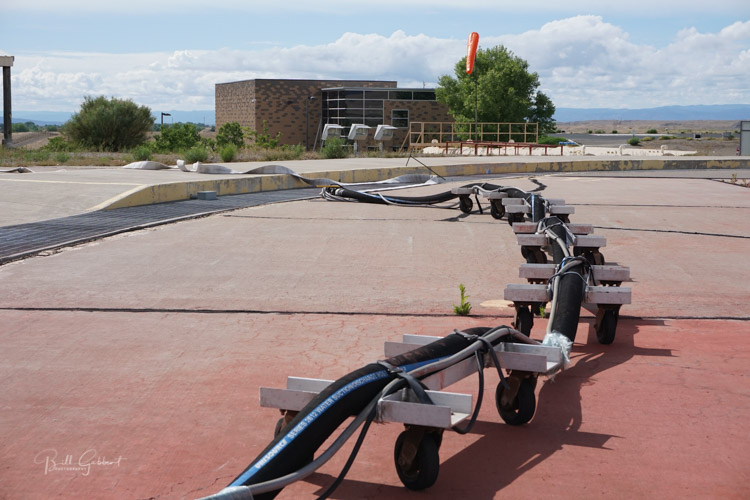
Contractors are making progress on the new air tanker base at the Colorado Springs airport. The new eight-acre ramp near the airport’s main 13,500-foot runway is complete and the framework is in place for the office building.
The Forest Service is now saying the base should be operational for the 2022 fire year, which is about a year behind schedule. In January, 2020, construction was scheduled for the following summer, with a ribbon-cutting ceremony expected in 2021.

On January 24, 2020 the Forest Service signed a lease agreement with the Colorado Springs Airport. The two agencies will share the costs for construction and maintenance, budgeted at approximately $20 million.
The base will feature six reload pits for large air tankers, and one pit for Very Large Air Tankers such as the DC-10 and 747. It will be the largest base in the region. The Forest service claims it will have the ability to serve a 600-mile radius, which might almost be realistic for the very large air tankers that can cruise at more than 540 miles an hour.

The base will have the ability to reload multiple air tankers at once. By being able to service aircraft of all sizes and capabilities, the base will also reduce the total number of flights needed to fight a wildfire in the area, reducing the risk to additional flight crews.
During the winter months when the Forest Service is not using the ramp, the airport will use it as a de-icing area for commercial aircraft.

The Forest Service has occasionally activated a temporary retardant base at the Colorado Springs Airport that had two pits and parking for six aircraft. JEFFCO tanker base at Rocky Mountain Metropolitan Airport northwest of Denver has two pits but can fill only one air tanker at a time and neither base can handle Very Large Air Tankers.
Vanessa Lacayo, the Acting Press Officer for the Forest Service Rocky Mountain Region, told Fire Aviation in 2020 that the agency has no plans to close any other bases, including Single Engine Air Tanker Bases, after opening this new facility at Colorado Springs.
The Air Force Reserve base at Colorado Springs airport can activate two C-130 aircraft to serve as air tankers if needed, using the slip-in Modular Airborne FireFighting System, or MAFFS.
Congress awarded the Forest Service funding for the project as part of the 2018 Omnibus Bill that repurposed previous allocations to the agency’s Aviation Safety and Modernization Strategy. The Department of Agriculture prioritized the Colorado Springs Airtanker Base as one of the highest investments for Aviation Safety Modernization Projects, representing nearly one-fourth of the $37.2 million budget. The City of Colorado Springs is providing additional funding through a partnership agreement.
In July it was announced that the air tanker base at Grand Junction in western Colorado will be receiving a $6.1 million upgrade to replace facilities at the Air Center complex at the airport, which is the dispatch and air tanker base at the Upper Colorado River Interagency Fire Management Unit.

The improvements at the multi-purpose wildland fire management and operations center will eliminate safety hazards by replacing multiple structurally deficient buildings with a single cost-effective building. Additional structural repairs to the tanker base concrete apron pavement will correct multiple deficiencies and bring the apron into compliance with Federal Aviation Administration requirements.
Thanks and a tip of the hat go out to LM.


